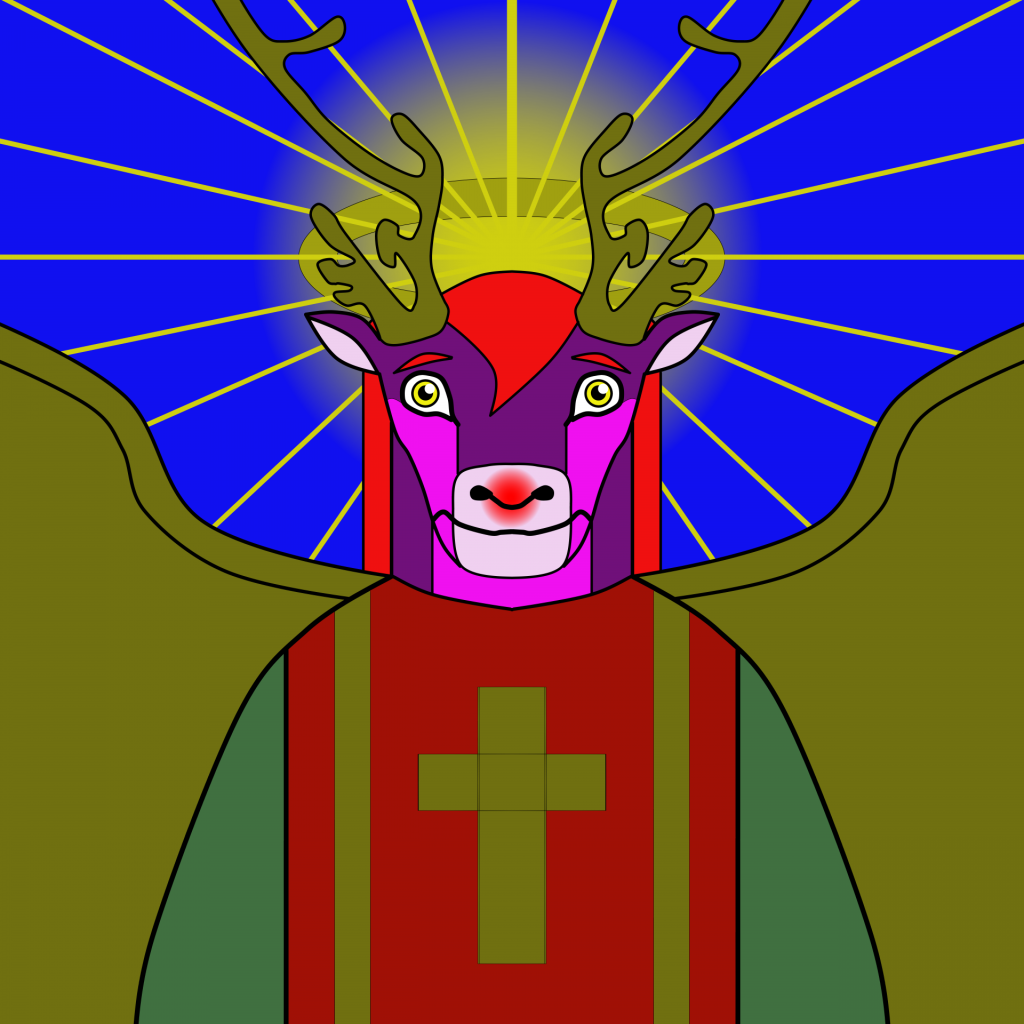Percy Jackson and the Olympians

The film adaptations of the first two installments of author Rick Riordan’s Percy Jackson & the Olympians series seemed to amount to an orphaned franchise, but the Walt Disney Company, after acquiring 20th Century Fox, distributor of said movies, gave its crack at the fantasy novels in the form of a streaming Disney+ show. The first season adapts the inaugural book, The Lightning Thief, focusing on the eponymous dyslexic, attention-deficit twelve-year-old grade-schooler, expelled from school after a supernatural incident at a museum, whom his mother Sally begins to convey to Camp Half-Blood in a world where Greek gods and monsters are real.
While it’s been years since I last read the books and saw the films, I enjoyed the Disney+ adaptation, given its modern fantasy setting like the Harry Potter books and mythological influences. The episode titles hint at the show’s lighthearted nature (and borrow from a few chapter names in The Lightning Thief). Given that the length of all episodes totaled grossly outweighs that of the first cinematic film, it’s assumedly faithful to the source material, having excellent world-building and cast performances. Thus, I will continue watching this series as future episodes are released.










